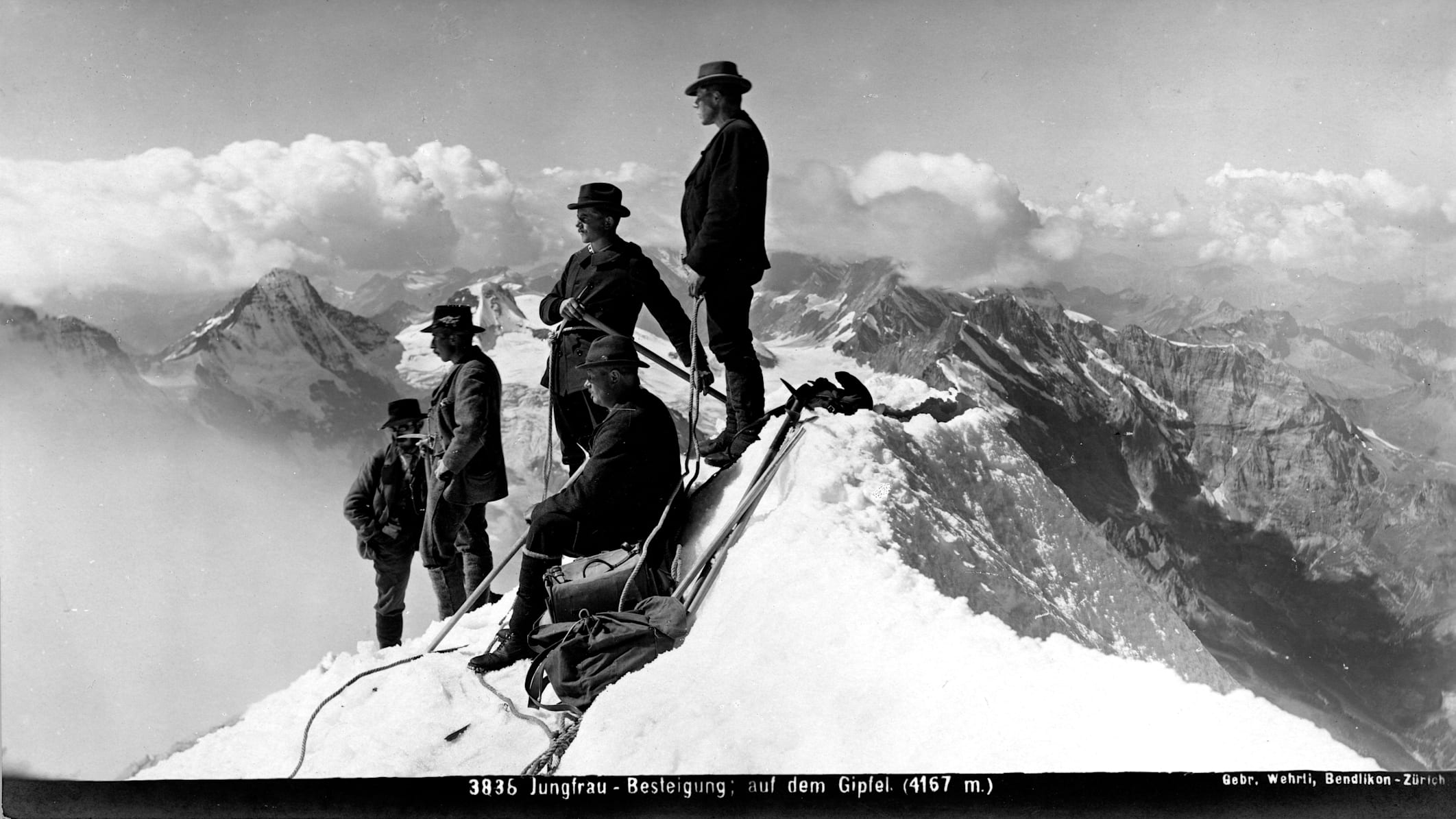The glacier shepherd Almer accomplished over 40 first ascents of peaks, passes, yokes and ridges. Some of the best known in the region are the Kleine Schreckhorn and the Mönch (1857), the Eiger (1858), the Gross Fiescherhorn (1862) and the Silberhorn (1866). He had also been a part of the historic, fatal first ascent of the Matterhorn (1865). After a failed attempt with one of the later first climbers, Almer is said to have responded to the new request: "Anything but the Matterhorn, dear Lord – anything but the Matterhorn!" and he returned to Grindelwald. A wise decision, as it turned out later. Many years and countless other mountain tours later, Christian Almer died at the age of 72 in Grindelwald at the foot of his beloved mountains. His profession flourishes to this day.
